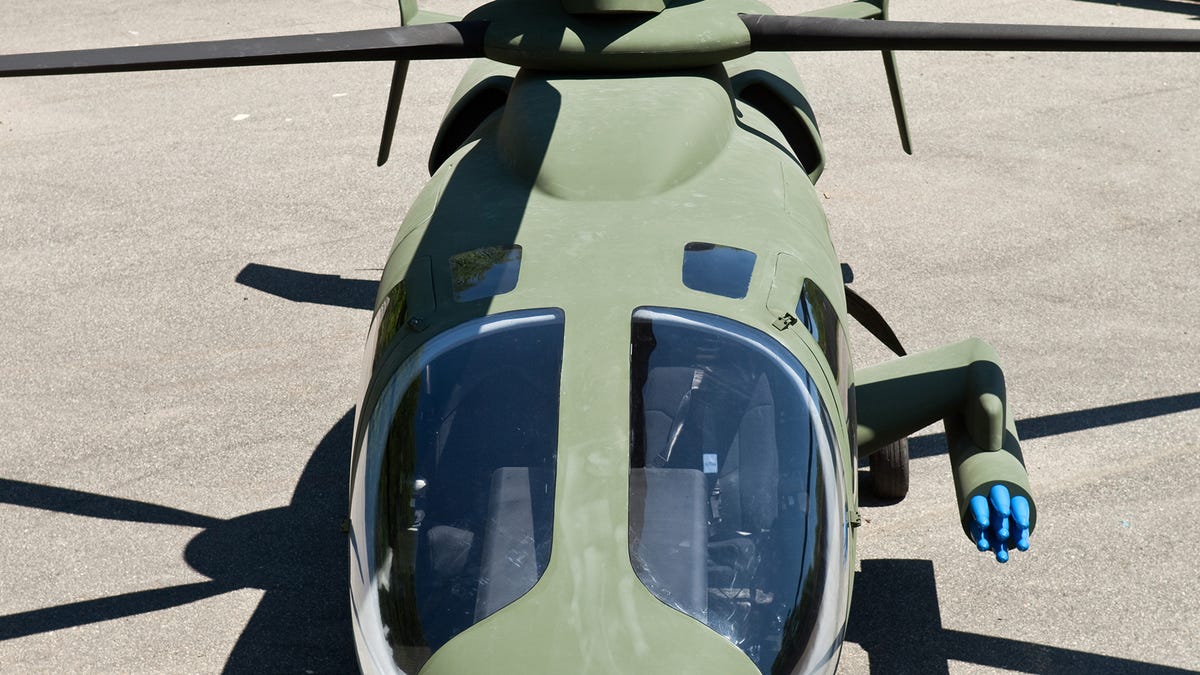Sikorsky 'progressing' with X2 helicopter effort
Aircraft maker is showing off the unusual design, which someday, it says, will cruise twice as fast as today's helicopters.

Sikorsky Aircraft is offering a bit of a look at its X2 helicopter concept.
The X2 Technology design is intended to showcase a range of possibilities for advancing what a helicopter can do--most notably, how fast it can fly. Sikorsky aims eventually to use its X2 demonstrator to push helicopter cruising speed to 250 knots, or nearly twice as fast as today's machines, such as its Blackhawk.
Sikorsky said Monday that it is "progressing" toward that high-speed milestone. It is showing off the Light Tactical Helicopter design at this week's Army Aviation Association of America annual convention in Nashville, Tenn.
The Palm Beach Post reported last month that the X2 prototype was headed to a Florida airfield, where it would make the airspeed record attempt by the end of the year.
The first test flight for the X2 took place in August 2008. In the 30-minute exercise, the X2 performed maneuvers such as hovers, forward flight, and hover turns.
The look of the X2 is striking in a couple of ways. First, it uses a pair of coaxial rotor systems on top, rather than the single rotor found on most helicopters. Second, the tail rotor faces backward, like the propeller on boat, in order to provide push for the aircraft; on helicopters with a single main rotor overhead, the tail rotor is oriented along the main axis of the aircraft, like a bicycle wheel, to provide lateral stability.
Even with that unusual design, Sikorsky says, the X2--which also features fly-by-wire controls--would retain "such desirable helicopter attributes as excellent low speed handling, efficient hovering, autorotation safety, and a seamless and simple transition to high speed."

